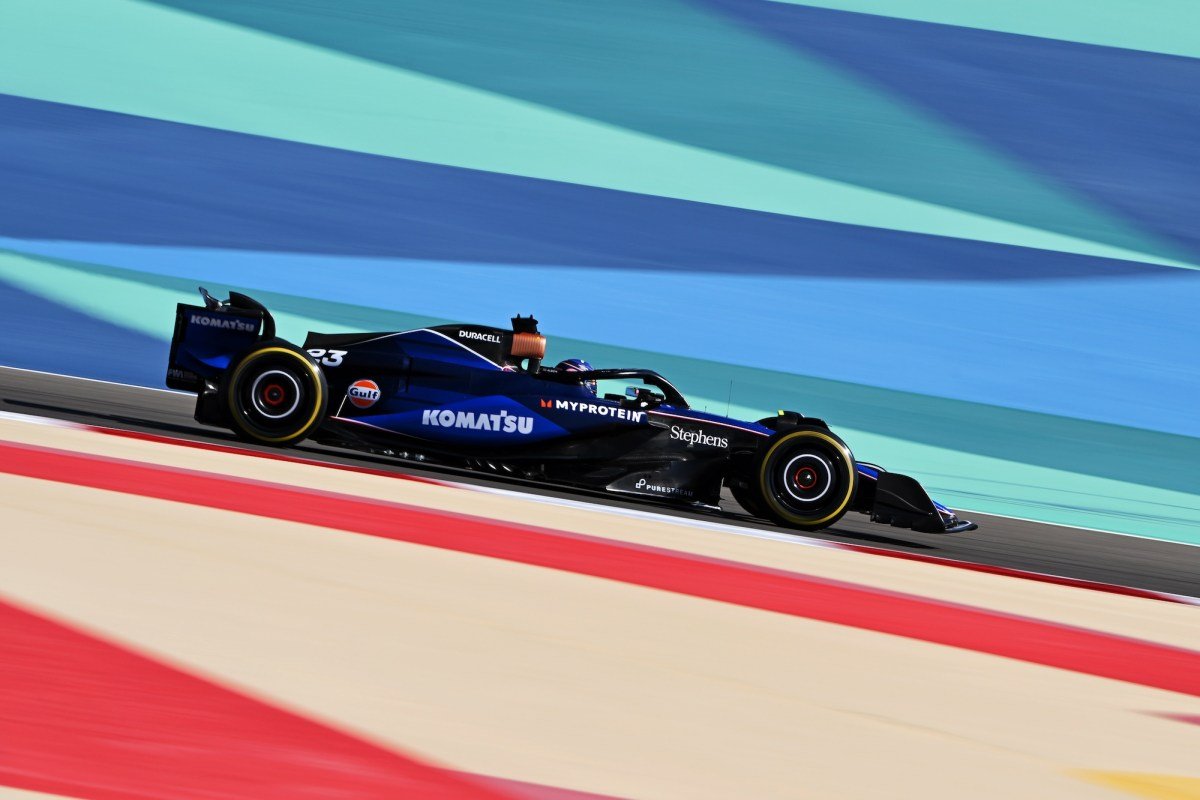From Bicycles to Formula 1, All Thanks to AI: The Rise of Neural Concept
“It’s a long way from pedal bikes to Formula 1. But that’s precisely the quantum leap that AI-based startup Neural Concept and its co-founder and CEO, Pierre Baqué, made in just six years.”
In 2018, Neural Concept’s software played a crucial role in the development of the world’s most aerodynamic bicycle. Today, four out of 10 Formula 1 teams rely on a modified version of this technology.
But the journey to success was not an easy one for Baqué and his company. They started with contracts from aerospace suppliers such as Airbus and Safran, and eventually secured a $9.1 million Series A raise in 2022. Now, with a team of 50 employees, the Switzerland-based company is aiming for a Series B round. Their software has also proven to be instrumental in helping historical F1 teams like Williams Racing return to the top of the world’s premier motorsport.
It’s worth noting that while Formula 1 cars boast 1,000-horsepower hybrid V6 engines, Baqué’s first practical application of the technology was for something much more human-powered.
Pedal Power
In 2018, Baqué was studying at the École Polytechnique Fédérale de Lausanne’s Computer Vision Laboratory, where he was exploring the possibilities of applying machine learning techniques to three-dimensional problems.
“I was put in contact with this guy who was leading this team, designing the sixth or seventh generation of bike, and their goal was to break a world record of bicycle speed,” Baqué said.
The person in question was Guillaume DeFrance, and the team was IUT Annecy from the Université Savoie Mont Blanc. They had already gone through several iterations of bike designs, and were looking for new ways to optimize their aerodynamics.
“Two days later, I came back to him with a shape that was almost looking like the current world record holder,” Baqué said. Impressed by his work, the team asked for more iterations. Eventually, their collaboration resulted in what Baqué claims to be “the most aerodynamic bike in the world at the moment.”
But this bike is not like your traditional aerodynamic bicycle with just aerofoil-shaped downtubes or dimpled rims. This bike is fully shrouded, with the cyclist enclosed in a composite cocoon, perfectly sheltered from the wind.
The core technology behind this innovation is a product called Neural Concept Shape (NCS). It’s a machine-learning-based system that provides aerodynamic recommendations and suggestions. NCS falls under the realm of computational fluid dynamics (CFD), a field where highly experienced engineers use sophisticated software to run three-dimensional aerodynamic simulations.
CFD is much faster and more efficient than creating physical models and testing them in wind tunnels. However, it still requires significant computational power and is heavily dependent on human expertise and decision-making.
Here’s where NCS comes in – it helps engineers avoid potential aerodynamic pitfalls and guides them towards new and unexplored directions. In the “co-pilot mode,” an engineer can upload an existing 3D shape, providing a starting point for optimization. Then, using its neural network, NCS suggests improvements and modifications, giving the engineer a range of possibilities to choose from. The chosen options are then tested and refined until they reach peak aerodynamic performance.
Not Just “Cheating the Wind”
NCS’s applications go well beyond racing; it’s also gaining traction in the automotive and aerospace industries.
“The path to wide adoption in these kinds of companies is slow,” Baqué said.
“That’s how we started working more with the automotive industry, where the need for rapid innovation is urgent, and they are more open to change.”
Neural Concept has already secured contracts with major global suppliers like Bosch and Mahle. In the automotive industry, aerodynamics is becoming increasingly critical, as manufacturers strive to create more efficient and aerodynamic cars that can deliver longer range with smaller battery packs.
But NCS’s applications don’t stop at just “cheating the wind.” The technology is also being used to develop more efficient battery cooling plates, which can help keep the battery at the optimal temperature without draining too much energy in the process. Baqué explains that there are significant gains to be made in this regard, which can lead to even more range for electric vehicles.
The Ultimate Proving Ground: Formula 1
When it comes to testing and pushing the limits of aerodynamics, nothing beats Formula 1. The global motorsports phenomenon, which has been around since 1950, is currently experiencing unprecedented levels of popularity, largely thanks to the hit Netflix series “Formula 1: Drive to Survive.”
“The power of Netflix has helped bring excitement to a whole new audience,” Baqué said. “But while the show focuses on inter-team politics and drama, success on the track is heavily reliant on aerodynamics, making Neural Concept’s role all the more significant.”
Baqué has been a fan of Formula 1 long before Netflix came into the picture. “I’ve been watching the sport since the days of David Coulthard and Michael Schumacher,” he said.
Today, NCS software is being used to develop parts for some of the top Formula 1 teams, giving Baqué a sense of pride and accomplishment. “When I started the company, I always saw this as a milestone – not just for Formula 1, but for our software to be used on the road,” he said. “And, every time it happens, it’s a great feeling.”
However, the world of Formula 1 is notoriously secretive, and only one out of the four teams that Neural Concept works with has disclosed their use of the software. Even then, the team was tight-lipped about the whole process.
Williams Racing, one of the most established teams in Formula 1, has been struggling to maintain their competitive edge in recent years. But with the help of NCS, they are looking to reclaim their spot at the top.
Williams’ Head of Aerodynamic Technology, Hari Roberts, explains how NCS is one of the tools helping them get there:
“We use this technology in various ways – some of which improve our simulation, and others help us achieve better results the first time in CFD,” said Roberts.
“Anything that allows us to extract more knowledge and performance from each CFD and wind tunnel run gives us a competitive advantage.”
And since NCS is not physics-based like traditional CFD simulations but relies on AI-made predictions, it’s not subjected to the same restrictions imposed on Formula 1 teams. Roberts estimates that NCS has reduced simulation time from an hour to as little as 20 seconds.
The teams, however, still have to pay for the software. Baqué reveals that the cost varies depending on the team’s size and type of access, ranging from €100,000 to €1 million per year. When you consider that Formula 1 teams operate under a $135 million annual cost cap, this is a significant investment.
Unfortunately, Roberts couldn’t attribute any specific parts or lap time improvements to the NCS software, but he confirms that it has had a positive impact on their car’s performance:
“NCS is a vital part of our toolset for developing the car aerodynamically. We can’t directly correlate lap time improvements to it, but it certainly helps with our correlation and speed at which we can investigate and optimize new aerodynamic conditions.”
Beyond Aerodynamics
AI is continuously evolving, and NCS is just the tip of the iceberg for Neural Concept. Baqué and his team are exploring other areas in the automotive industry, such as developing more efficient electric motors, optimizing cabin heating and cooling, and even crash testing.
Moreover, NCS can also be used to optimize a car’s crashworthiness while reducing unnecessary weight. Unfortunately, due to limitations in the software, Neural Concept can only simulate crashes on individual components and not entire vehicles.
Perhaps in the future, with the help of the EU’s advancing AI supercomputing platforms, this will change.
Note: Some quotes from this article have been edited for clarity.








